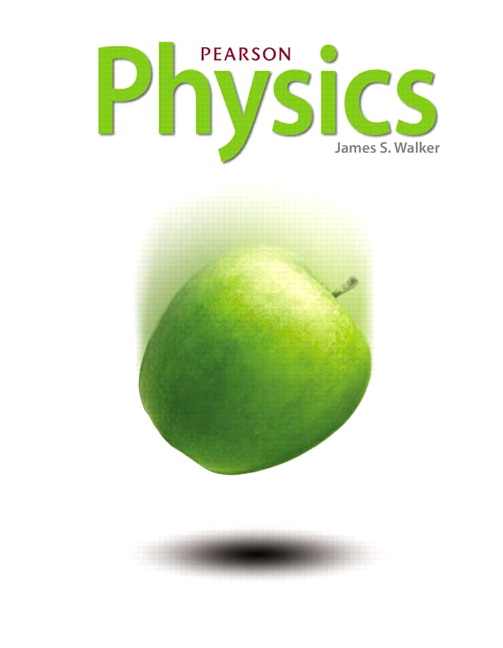
All Solutions
Page 47: Lesson Check
$textbf{(b)}$ The displacement on a round-trip is zero.
If the trip is one way without changing direction, then the magnitude of distance is the same as the magnitude of displacement.
(b) The displacement for a round trip will always be zero because the initial and final positions are the same.
$textbf{(b)}$ You and your dog haven’t travelled the same distance because of the side trips your dog took while walking to the park.
$$
begin{align*}
d&=5.0 text{m}+1.2 text{m}+1.2 text{m}\
&=quadboxed{7.4 text{m}}\
end{align*}
$$
$$
begin{align*}
Delta x&=x_{f}-x_{i}\
&=5.0 text{m}-0.0 text{m}\
&=quadboxed{5.0 text{m}}\
end{align*}
$$
$textbf{(b)}$ $boxed{Delta x=5.0 text{m}}$
$$
begin{align*}
d&=22 text{cm}+22 text{cm}+7.5 text{cm}\
&=quadboxed{51.5 text{cm}}\
end{align*}
$$
$$
begin{align*}
Delta x&=x_{f}-x_{i}\
&=-7.5 text{cm}-0 text{cm}\
&=quadboxed{-7.5 text{cm}}\
end{align*}
$$
$textbf{(b)}$ $boxed{Delta x=-7.5 text{cm}}$
$$
begin{align*}
d&=5.9 text{km}+3.8 text{km}\
&=quadboxed{9.7 text{km}}\
end{align*}
$$
$$
begin{align*}
x_{f}&=5.9 text{km}-3.8 text{km}\
&=2.1 text{km}
end{align*}
$$
from the initial position. Therefore, the displacement of the train is
$$
begin{align*}
Delta x&=x_{f}-x{i}\
&=2.1 text{km}-0 text{km}\
&=quadboxed{2.1 text{km}}\
end{align*}
$$
$textbf{(b)}$ $boxed{d=9.7 text{km}}$
$textbf{(c)}$ $boxed{Delta x=2.1 text{km}}$
tt{(a) Distance is a scalar quantity and it is always positive, it does not have a direction, whereas displacement is a vector quantity and by definition $Delta x =x_f-x_i$, the displacement has a direction and can be positive, negative or zero, when comparing distance and displacement we can say that displacement can never be greater than the distance covered, $Delta x_{max} le d$\
as a conclusion, we can say the distance covered by the train is{ color{#4257b2}{greater than}} its displacement. }
$$
tt{(b) distance covered: $5.9+3.8=boxed{9.7km}$ }
$$
tt{(c) train displacement : $5.9-3.8=boxed{2.1km}$}
$$
Haven't found what you were looking for?
Search for samples, answers to your questions and flashcards

